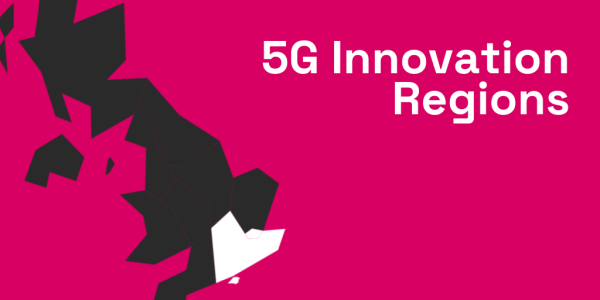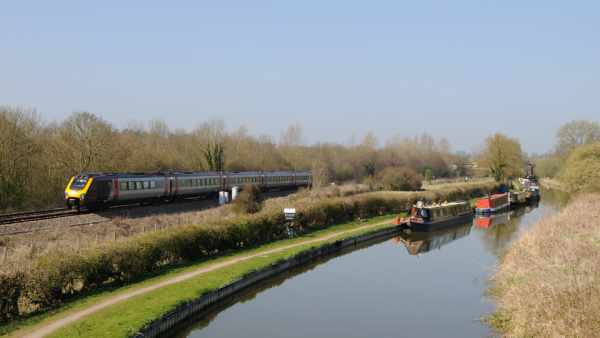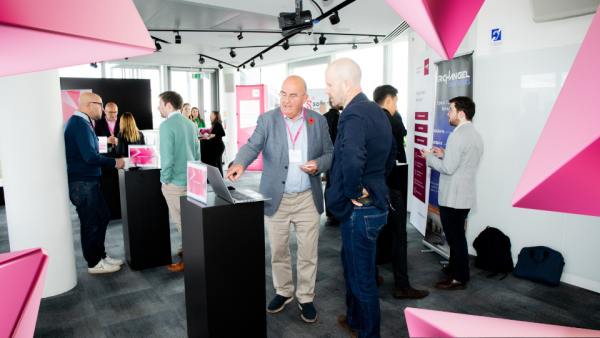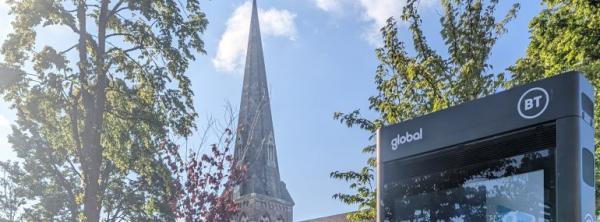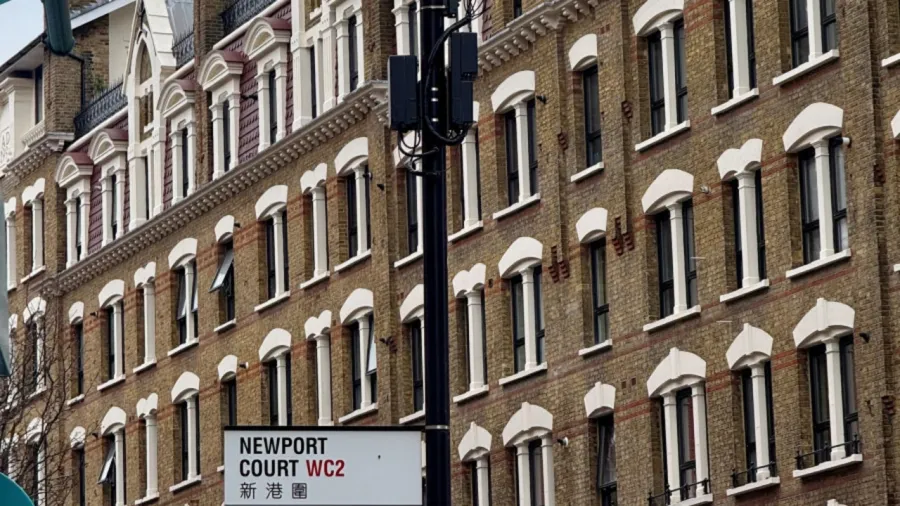
EE and Ontix have installed 80 small cells across the City of Westminster, which support both 4G and 5G traffic for EE customers in central London.
The project is supposed to give a shot in the arm to EE connectivity in Westminster, which is apparently home to more than 50,000 businesses and has over 25 million visiting tourists each year.
The small cells have been specifically designed for lamppost deployment apparently, by which it seems to mean they are compact enough to be strapped to one safely, and will pipe out concentrated coverage to specific, high-demand areas. “This targeted approach not only enhances capacity in some of London's busiest zones but also addresses the unique challenges posed by Westminster's dense urban environment,” states the release.
The small cell equipment is painted to blend with street furniture, which seems like an obvious enough thing to do but EE boasted about it in the release anyway. This approach, we’re told, “declutters the urban environment by making use of existing structures, reducing the need for additional street-level hardware.” Which again is sort of the point of small cells in general, but fair enough.
“This innovative small cell deployment with Ontix enhances 4G and 5G mobile connectivity for EE customers across the City of Westminster, one of London’s busiest areas serving not only as the centre of UK government but also a focal point for tourism and business,” said James Hope, Director of Mobile Radio Access Networks at EE. “This project is the latest milestone in our network densification efforts as we continue to boost mobile capacity where it’s needed most across the UK.”
Jamie Olejnik, Head of Delivery Operations at Ontix, added: "This small cell deployment showcases Ontix's expertise in small cell technology and our ability to deliver cutting-edge solutions in complex urban environments. Our latest deployment is a testament to our commitment to innovation, designed specifically for seamless integration into existing street furniture while delivering exceptional performance. The holistic approach reflects a commitment to balancing technological advancement with urban aesthetics, ensuring that all stakeholders - from local authorities to end-users - are satisfied with the outcome.”
In August last year, the operator said it had hit a milestone but rolling out over 1,000 small cells in various busy locations across the UK. EE made the point at the time that it is unique in Europe in that it combines licensed 1800 MHz and 2600 Mhz spectrum with unlicensed 5 GHz frequencies for its 4G small cells.

